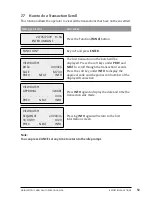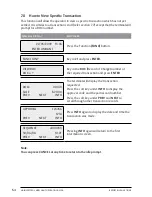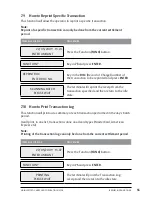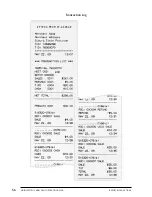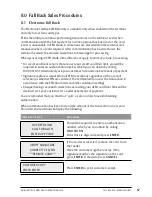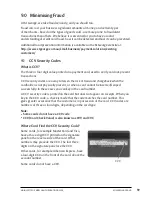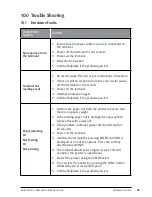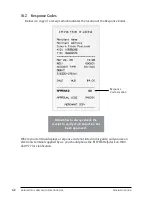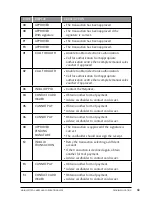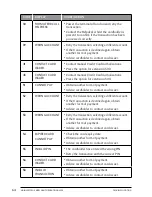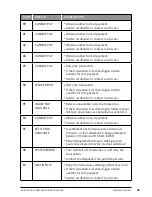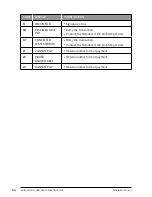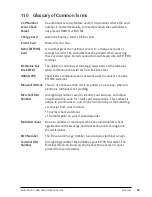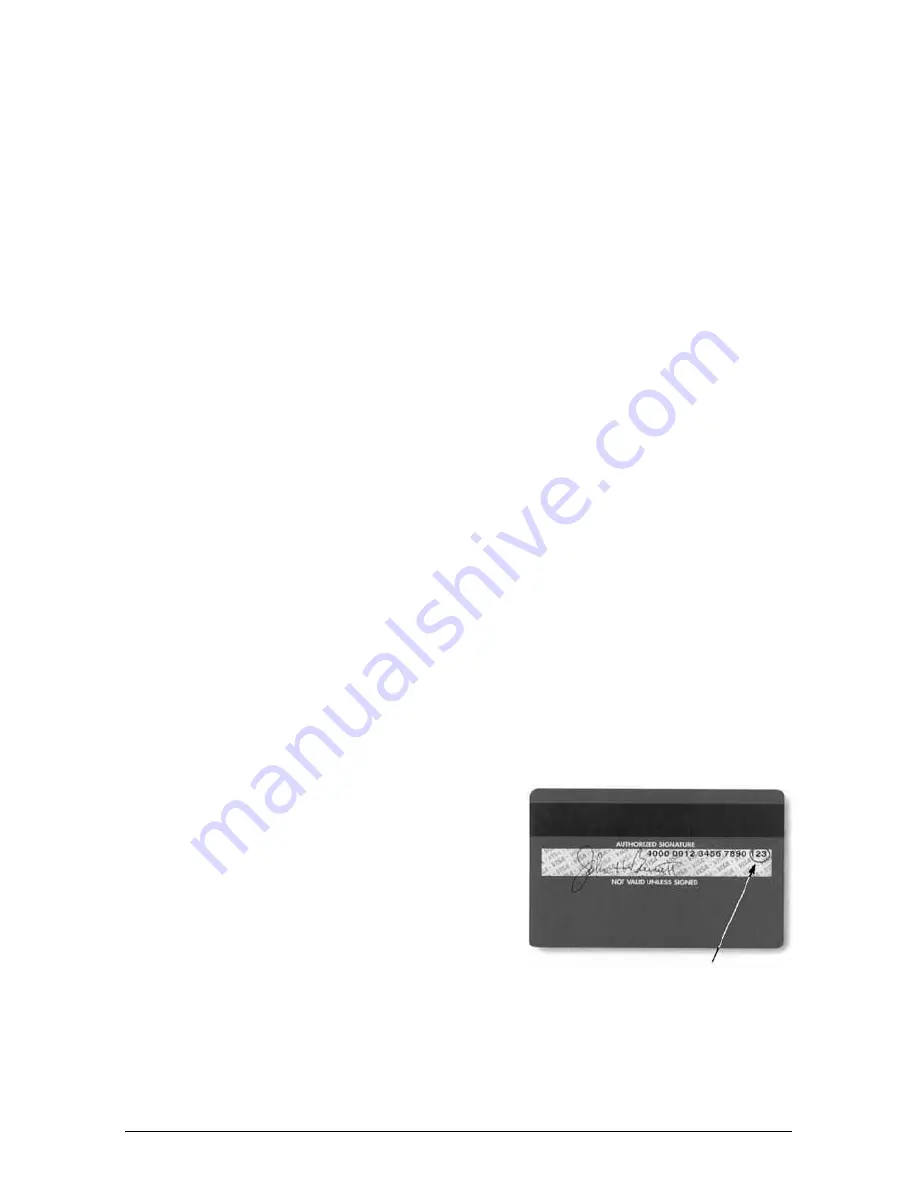
59
MOBILE EFTPOS MERCHANT OPERATING GUIDE
MINIMISING FRAUD
9.0 Minimising fraud
At St.George, we take fraud seriously, and you should too.
Fraud can cost your business significant amounts of money, and certain types
of merchants – based on the types of goods sold – are more prone to fraudulent
transactions than others. We believe it is essential for you to have a sound
understanding of credit card fraud, how it can be detected and how it can be prevented.
Additional fraud prevention information is available on the St.George website at:
http://www.stgeorge.com.au/small-business/payment-solutions/existing-
customers/
9.1 CCv security Codes
what is CCv?
The three or four digit value printed on a payment card, used to verify card-not-present
transactions.
CCV security codes are a way to lessen the risk of fraud and chargeback when the
cardholder is not physically present, or when a card cannot be inserted/swiped
successfully. In these cases you can key in the card number.
A CCV security code is printed on the card but does not appear on receipts. When you
key in the CCV code, a check is made that the code matches the card number. This
gives greater assurance that the customer is in possession of the card. CCV codes are
numbers of three or four digits, depending on the card type.
Note:
●
some cards do not have a CCv code
●
CCv (Card Check value) is also known as Cvv and CvC
where Can i find the CCv security Code?
Some cards, for example MasterCard and Visa,
have a three-digit CCV printed on the signature
panel on the reverse side of the card. Other
numbers may precede the CCV. The last three
digits on the signature panel are the CCV.
Other cards, for example American Express, have
a four-digit CCV on the front of the card, above the
account number.
Some cards do not have a CCV.
CCV









